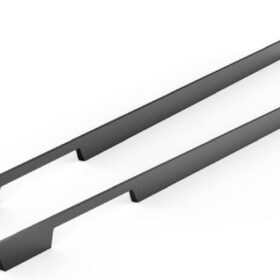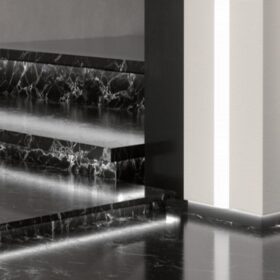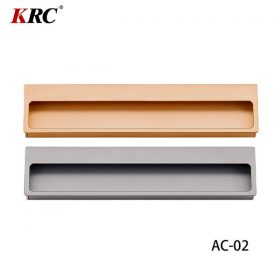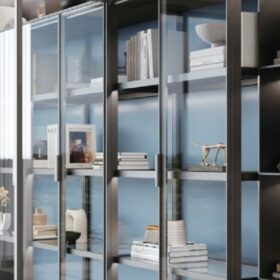Troubleshooting Common Issues with Kitchen Cabinet Edge Pulls
Introduction
Edge pulls offer a sleek and modern touch to kitchen cabinets, but they can also present a few challenges. This guide will assist you in identifying and resolving common issues associated with kitchen cabinet edge pulls, ensuring their smooth operation and aesthetic appeal.
Alignment Problems
– Misaligned Edge Pulls: If your edge pulls are not aligned with the cabinet, loosen the screws holding them in place. Align the pulls and retighten the screws securely. Use a level to ensure proper alignment.
– Uneven Gap Around Pulls: Ensure the mounting holes for the pulls are positioned accurately. If holes are not drilled evenly, the pulls will not sit flush against the cabinet surface. Fill any excess gaps with a small amount of caulk.
Loose or Wobbly Pulls
– Insufficient Tightening: Make sure the screws used to secure the pulls are tightened firmly. Use a screwdriver or drill with the appropriate bit size to avoid stripping the screws.
– Damaged Threads: Inspect the screws and threaded inserts in the cabinet for any damage. If the threads are stripped, replace both the screws and inserts with new ones.
– Loose Mounting Holes: If the mounting holes have become enlarged or damaged, fill them with wood filler or epoxy. Allow the filler to dry completely before reinstalling the edge pulls.
Scratches or Damage
– Abrasive Cleaners: Avoid using abrasive cleaning agents on edge pulls, as they can scratch the finish. Instead, use a mild detergent and a soft cloth for regular cleaning.
– Mechanical Damage: Be cautious when opening and closing cabinets with edge pulls. Impact against hard objects can cause scratches or dents. Use a damp cloth to remove any dirt or debris that may accumulate under the pulls.
– Rust or Corrosion: If your edge pulls are made of metal, rust or corrosion can occur due to moisture exposure. Regularly clean and dry the pulls to prevent rust from forming. Apply a thin layer of clear nail polish or sealant for added protection.
Operating Issues
– Stiff or Sticky Pulls: Over time, edge pulls can become stiff or sticky. Apply a small amount of silicone or graphite lubricant to the moving parts of the pull to reduce friction.
– Broken Springs: If your edge pulls have springs that assist with opening, check for broken or weak springs. Replace any faulty springs with new ones to ensure effortless operation.
– Improper Handle Rotation: Some edge pulls have limited handle rotation. Ensure the pulls are installed with the correct orientation to avoid handle interference with adjacent cabinetry.
-
2024-09-14Exploring the Different Types of Modern Closet Door Pulls and Their Applications
-
2024-09-14How Cabinet Door Pull Handles Support High-Traffic Areas
-
2024-09-06Cost-Benefit Analysis of Investing in High-Quality Long Wardrobe Door Handles
-
2024-09-04How Flat Cabinet Handles Enhance Modern Interior Design
-
2024-11-29Top Trends in Modern Kitchen Cabinet Pulls for 2024
-
2024-11-28The Ultimate Guide to Modern Kitchen Cabinet Pulls- Materials, Styles, and Tips
-
2024-11-27Elevate Your Kitchen Design with These Must-Have Modern Cabinet Pulls
-
2024-11-26Sleek and Stylish- The Best Modern Kitchen Cabinet Pulls for a Contemporary Look






